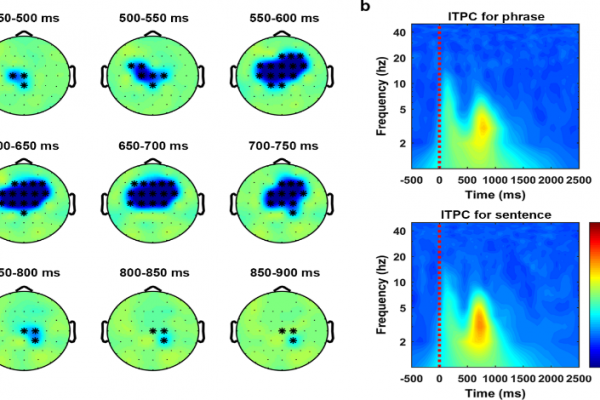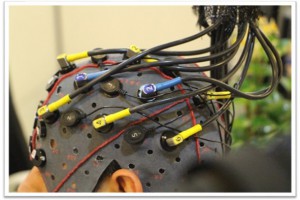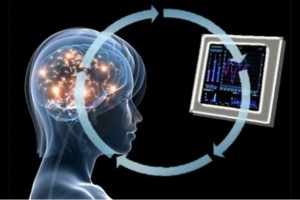Sentences have their own timing in the brain
Our brain links incoming speech sounds to knowledge of grammar, which is abstract in nature. But how does the brain encode abstract sentence structure? In a neuroimaging study published in PLOS Biology, researchers from the Max Planck Institute of Psycholinguistics and Radboud University in Nijmegen report that the brain encodes the structure of sentences (‘the vase is red’) and phrases (‘the red vase’) into different neural firing patterns.
How does the brain represent sentences? This is one of the fundamental questions in neuroscience, because sentences are an example of abstract structural knowledge that is not directly observable from speech. While all sentences are made up of smaller building blocks, such as words and phrases, not all combinations of words or phrases lead to sentences. In fact, listeners need more than just knowledge of which words occur together: they need abstract knowledge of language structure to understand a sentence. So how does the brain encode the structural relationships that make up a sentence?





Related Posts